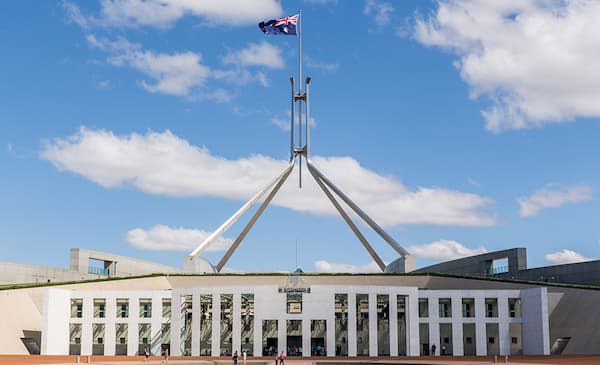
Medical technology and pharmaceutical companies have a unique opportunity to shape the future of healthcare and impact policy decisions, however often a challenge is where and how to start engagement. The good news is that most companies are already sitting on a goldmine of information, ripe for turning into content tailored to policymakers. One of the most potent and underutilised tools at companies’ disposal is their vast repository of materials prepared for or by their scientific affairs teams. Scientific content such as whitepapers, consensus statements, KOL opinion pieces and peer reviewed journal articles can all form conversations starters with policymakers. Tapping into this reservoir of data, insights and expert opinions can give you what you need to influence clinical and political decision-making.
Here’s why this strategy is so important, and what untapped resources may be lurking just under your nose.
What shapes the minds of decision-makers in a clinical setting is often mirrored in the political setting. Both sets of stakeholders value evidence-based decision-making, clarity of communication, and patient-centricity.
Scientific content, with its depth and breadth of clinical insights, serves as a foundation upon which sound policy decisions can be based. It provides a common language and a set of principles that resonate with stakeholders, whether they are clinicians, patients, or policymakers.
The power of scientific content is amplified when it draws from a global pool of experts. Leveraging opinions, research, and consensus from leading professionals around the world brings raised credibility to company communications.
In the political setting, this international expertise becomes a powerful tool to establish authority and specificity. When your proposal or recommendations are backed by a consensus from global leaders, or even better, have already been adopted overseas to the betterment of the local healthcare system, it becomes far harder for Government to ignore.
Australians are understandably proud of their health system – it’s shameful to not keep up with the Joneses.
To harness the power of scientific and clinical information, you need to immerse yourself in it. Staying on top of materials prepared for the scientific and medical affairs teams allows you to identify opportunities to repurpose content to suit various political contexts.
By continuously considering how content can be incorporated into collateral, or inform a budget ask, you can stay prepared with the most relevant and compelling data and insights. Has your company recently completed a clinical trial with compelling data? Have you got useful insights from healthcare professionals during recent webinars?
If you’re uncertain how to use scientific content in government relations, a good starting point is to imagine explaining the content to a friend with little or no scientific or medical knowledge. It’ll help you make the complex intelligible.
Illustrate complex or dry concepts with anecdotes, analogies, or animation, to help bring them to life in a memorable, powerful way.
Few parliamentarians have a scientific or medical background; it’s imperative you help them comprehend your arguments, and leave them empowered to share them with their colleagues.
Scientific content is an invaluable asset for medical companies, especially in the realm of government relations.
By recognising its versatility, leveraging global expertise, continuously engaging with the content, and simplifying it for broader audiences, companies can significantly enhance their influence in policy decisions.